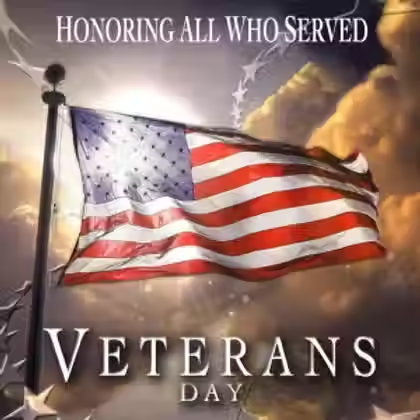No surprise - Army Corps of Engineers vital to Baltimore Bridge response
- May 2, 2024
- 3 min read
Updated: May 7, 2024

Many of my friends were shocked to see the Francis Scott Key bridge collapse in Baltimore harbor recently and also surprised that the Army has taken charge of clearing the channel. I have spent many hours explaining how the Army Corps of Engineers not only has a mission to support our Armed Forces but also a civil mission in support of the nation. This civil mission is generally, maintaining navigation to our nation’s ports, ecosystem restorations (for example, the Everglades and the Chesapeake Bay) and flood risk reduction. How the Army was assigned this mission is tied with history and the growth and establishment of our nation and not part of this short blog.
The Army Corps has responded to hundreds of emergencies since the 1980s including Super Storm Sandy, Hurricane Katrinia, 9-11, earthquakes and river flooding. The Corps has its own authorities to respond to flooding like public law 94-99 and other flood control acts authorized by Congress. It also has authorities to work with FEMA under the Staford Act. In fact, FEMA has tasked the Army Corps of Engineers to act as the nation’s public works and engineering agency. This is called Emergency support function 3.
Each of these authorities give the district commander the ability to act to respond to emergencies without the need for additional direction or legal requirements. In many cases the disaster is larger than one district geographical area and the division commanders have authorities in place to act and respond. These “in place” authorities allow commanders to respond to no-notice disasters (earthquakes) and other disaster immediately.
In the 1980s, the Chief of Engineers directed that each geographical unit called a district to stand up a five-person emergency response cell to support the nation during disasters. The Corps of Engineers soon developed a process and guidance for emergency action plans, incident management and reporting to cultivate experts in disaster response. Experts were developed in emergency power delivery, water, ice, temporary roofs, sand bag delivery. As well as field recovery office stand-ups and command and control node establishments and high-speed communications. They were trained to develop standardized mission assignments, assess needs during a disaster and make recommended deployments requirements to senior leaders.
I deployed these systems as commander of the South Atlantic Division in 2004, when Florida, Alabama, and Georgia were hit by four hurricanes; Frances, Jeane, Ivan and Charley. We assigned a District Commander to each hurricane and deployed hundreds of specialists to respond with temporary roofs, emergency water and ice, temporary power to hospitals and police stations and responded to flooding and eventually to recovery activities.
The Army Corps used similar systems when we responded to Super Storm Sandy in 2012. This storm affected 24 states, including the entire eastern seaboard from Florida to Maine and west across to Michigan and Wisconsin. The storm surge hit New York City flooding streets, tunnels and subway line and cutting power around the city. When this disaster occurred, US Army Corps of Engineers teams mobilized from across the country to execute response missions and built upon the processes established by those 5 member teams established in 1980.
Americans are fortunate to have a capable force as the US Army Corps of Engineers – trained, and ready with the right authorities, and funding to respond when needed. From earthquakes, dam failures, wild fires, floods, hurricanes, ice storms and droughts. And even when a container ship brings down a massive and critical bridge into the navigational channels – the Army Corps is thankfully there.
MG (Ret) Michael J. Walsh
Senior Advisor
A member of the Dawson team since 2019, Michael Walsh served as Deputy Commanding General for Civil and Emergency Operations and commander of three divisions in the U.S. Army Corps of Engineers.
The views expressed here are those of the author and do not necessarily reflect the views of Dawson & Associates.




Comments